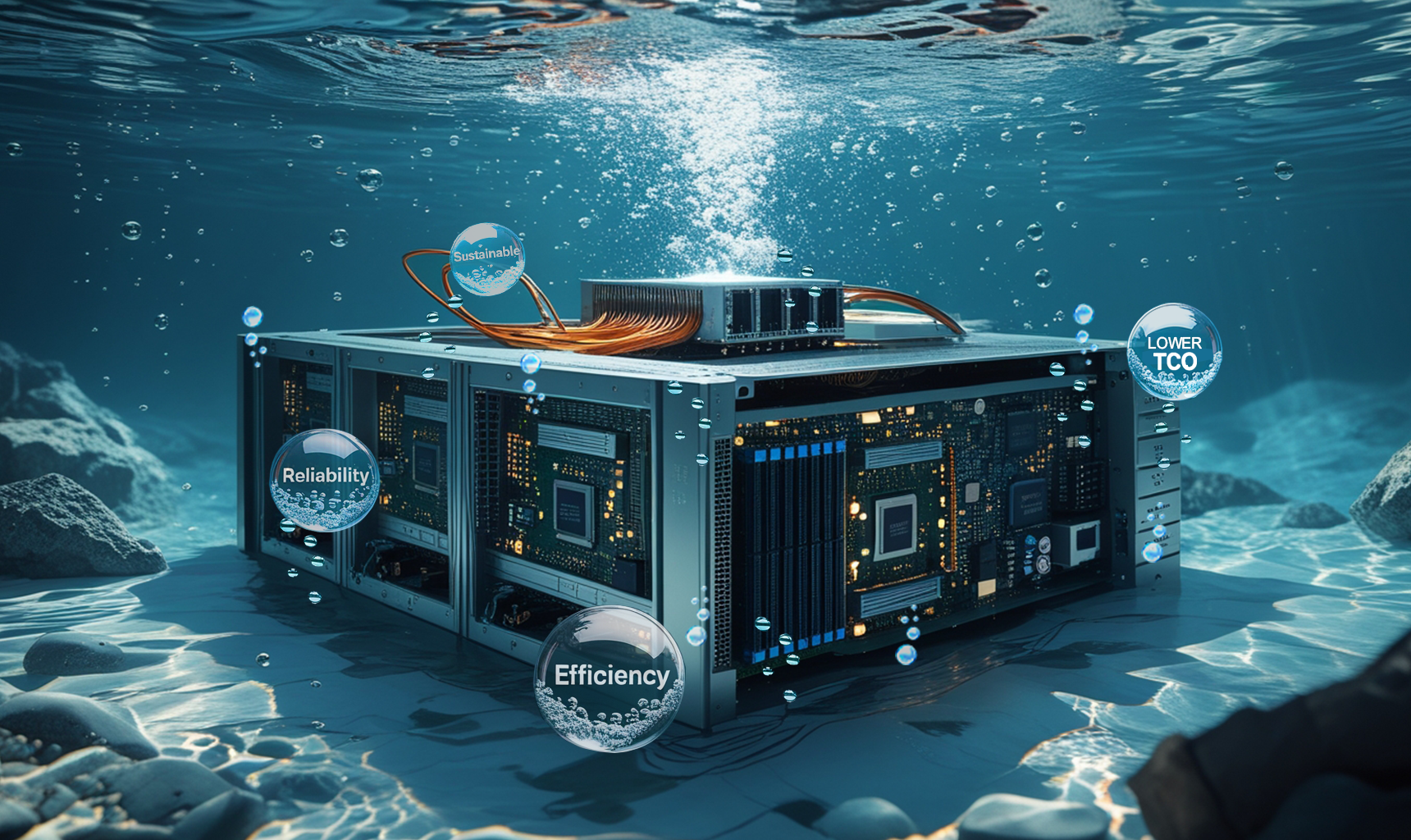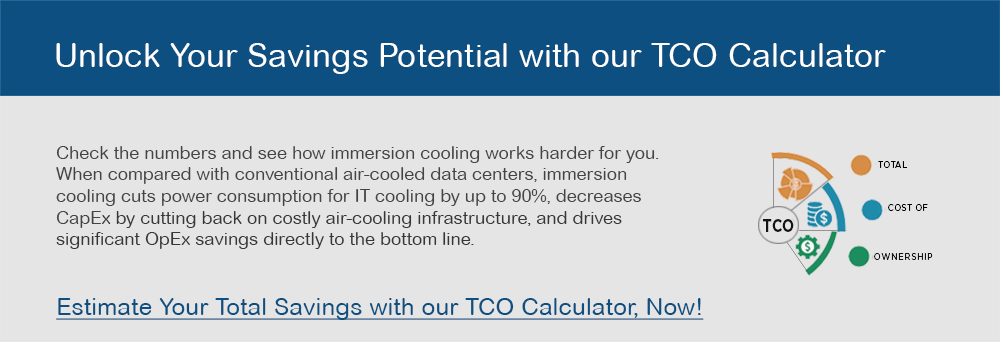The demands of high-performance computing are pushing traditional cooling methods to their limits. Immersion Cooling, a revolutionary approach to data center cooling, is gaining traction as a viable solution. But is it truly cost-effective? This blog post delves into the Total Cost of Ownership (TCO) of Immersion Cooling, providing a comprehensive analysis of its long-term financial implications.
Why TCO Matters for Immersion Cooling Decisions
Workloads are becoming increasingly compute-intensive, requiring robust and efficient cooling solutions. Immersion Cooling, where IT hardware is submerged in a dielectric fluid, offers superior heat dissipation compared to air cooling and enables highly efficient cooling of even the highest power CPUs and GPUs. However, making informed decisions about cooling requires more than just looking at the initial investment. Understanding the TCO is crucial for evaluating the long-term cost-effectiveness of any cooling solution.
Factors Affecting Immersion Cooling CAPEX
The initial capital expenditure (CAPEX) for Immersion Cooling systems can seem higher than traditional air cooling. This includes the cost of the dielectric fluid, immersion tanks, pumps, heat exchangers, and any necessary infrastructure modifications. However, it’s important to consider that Immersion Cooling often allows for higher server density, provides safe and highly efficient cooling of high-powered IT, lowers downtime, and requires a smaller data center footprint, all of which can hugely offset some of the initial costs in just a couple of years.
Reduced IT Hardware Maintenance
While the upfront cost might be higher, especially when compared with leveraging existing air-cooled infrastructure, Immersion Cooling offers significant operational expenditure (OPEX) savings. Energy consumption for cooling is drastically reduced, leading to lower electricity bills. Maintenance requirements are also lower due to the sealed environment, reducing the need for filter changes and other routine maintenance associated with air cooling. Although fluid replenishment is necessary, the intervals are typically long and hence lesser downtime.
Reduced Downtime and Increased Reliability
Beyond the obvious CAPEX and OPEX, Immersion Cooling offers several hidden cost benefits. The sealed environment significantly reduces the risk of hardware failures due to fan failures, dust, humidity, and temperature fluctuations, leading to reduced downtime and increased reliability. The ability to achieve higher server density translates to a smaller data center footprint, which can lead to significant savings in real estate costs. Furthermore, the potential for heat reuse and energy recovery adds another layer of cost savings and aligns with sustainability goals. In some regions, government incentives and rebates may be available for implementing energy-efficient cooling technologies like Immersion Cooling.
Calculating TCO for Immersion Cooling
Calculating the TCO involves considering all costs associated with the cooling system over its lifespan, including CAPEX, OPEX, maintenance, and any other relevant expenses. Comparing the TCO of Immersion Cooling with traditional air cooling requires careful analysis of key metrics such as power usage effectiveness (PUE), server density, and maintenance costs. Case studies and real-world examples provide valuable insights into the potential cost savings of Immersion Cooling.
Assessing the Financial Benefits of Immersion Cooling
The return on investment (ROI) of Immersion Cooling becomes more apparent over the long term. The reduced energy consumption, lower maintenance costs, and increased server reliability contribute to significant cost savings over the lifespan of the data center. Projecting these savings over time allows for a comprehensive assessment of the financial benefits of Immersion Cooling.
Ready to explore how Immersion Cooling can benefit your operations? Contact us at GRC today for a personalized TCO analysis and consultation.





